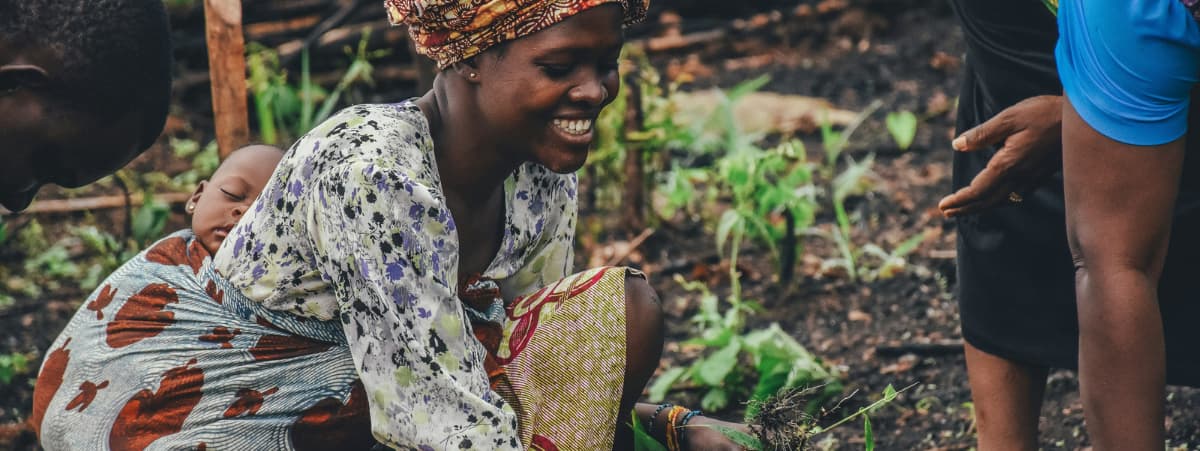The value of the voluntary carbon market (VCM) has quadrupled since 2020, reaching almost US$2B in 2021, according to a new report.
The latest State of the VCM Briefing by non-profit Ecosystem Marketplace reveals that the market has already topped the US$2BN mark in 2022. Growth has been driven by both higher prices and stronger demand for carbon credits, with nearly 500 million credits traded in 2021, at an average price of US$4 per ton – up 60% year on year.
But Ecosystem Marketplace (EM) also attributes this tremendous growth to international efforts to standardize the voluntary carbon market, increasing transparency and quality. In particular, the organization cites the Public Consultation for Core Carbon Principles (CCPs) by the Integrity Council for the Voluntary Carbon Market (ICVCM), which launched on July 27, 2022 to provide the framework needed to identify high-quality carbon credits that create real, additional and verifiable climate impact with high environmental and social integrity.
“The ambition of the ICVCM both aligns with and supports EM’s core principle of promoting market integrity and trust through transparently presenting its internationally aggregated and standardized carbon credit trade data. Almost 20 years of experience and relationships with market participants have reinforced the fact that the ‘quality’ of credits is a key ingredient to market growth,” the report notes.
Demand for forestry carbon offsets quadruples
Transaction volumes increased in almost all the carbon credit categories covered in the report, with forest and land use projects showing the strongest growth from 57.8 million credits traded in 2020 to 227.7 million in 2021. Altogether, forestry credit transactions represented about US$1.3B – almost 67% of the market total in 2021.
Renewable energy project demand more than doubled, from 93.8 million to 211.4 million credits. Additionally, the pricing of these credits went from US$1.08 to US$2.26, bringing the value of transactions to a total of US$479.1M.
Among the types of projects that received less demand in 2021, energy efficiency saw the biggest drop, going from 30.9 million credits in 2020 to 10.9 in 2021. Meanwhile, sales of carbon credits from household and community projects decreased from 8.3 million to 8 million. In both cases, an increase in the price of credits softened the impact of this drop on value.
Price premium for co-benefits
Projects that presented benefits beyond carbon mitigation, such as community support, biodiversity conservation or contribution to the Sustainable Development Goals (SDGs), were sold at a premium compared to others. For instance, the price of Gold Standard projects, which include co-benefits in the certification process, increased by 35% from US$3.74 a ton to $5.05 a ton.
ClimateTrade’s take
We could not agree more on the need for quality and transparency for the voluntary carbon market to reach its full potential. That’s why we at ClimateTrade have been working towards this goal since our inception, leveraging the traceability of blockchain technology to increase trust, mitigate the risk of double counting and remove intermediaries between project developers and carbon credit buyers. At the same time, all the projects on our marketplace not only are certified by the most respected standard, but also clearly list their co-benefits in the form of SDG contributions.
We look forward to seeing the results of the ICVCM’s consultation, and to working with partners within the carbon offsetting ecosystem to achieve the level of standardization the market needs.







